Fort Kormantin (also known as Fort Amsterdam)
Perched on a lofty hill in Abandze is one of the many forts that dot the Ghanaian coast line – Fort Amsterdam, aka Fort Kormantin. Now this fort is not as grand or imposing as the Cape Coast castle or Osu castle (Fort Christiansborg); and certainly not in the best of shapes to draw the ordinary tourist to its gates: but it does have a remarkable history worth sharing.
The history of this fort was narrated to us by our well-informed, well-mannered tour guide, Daniel. Now he was an amazing narrator; his story had more of a local perspective of how the fort came to be. I found it an interesting narrative: so interesting I took some notes so I could share.
His story goes: when the Brits landed the shores of Kormantin they had in mind to trade with the locals. They figured however that language was a barrier and so decided to capture a native they could train to become their translator
The story goes: they buried bottles of very strong whiskey in the beach sand and hid in the groves. Meanwhile it had been reported in the village that the “gods of the sea” had been sighted. Curious villagers went to investigate and chanced upon the “intriguing” sight. Three of the village bravest volunteered to investigate further. Coming in sight of the bottles it was decided that the oldest and bravest among them should taste the content of the bottle. This he did, with relish, gulping down the whole bottle! The strong drink immediately overwhelmed him and he was left in a drunken stupor. The other two frightened by his sudden transformation fled to the nearest grove to see what would become of him. Lo, the “gods of the sea” appeared from their hiding and bundled the drunk man into their ship and disappeared into the horizon!
The story goes: the Brits successfully trained the captive and in due time returned to Kormantin. The villagers spotted the ship on the horizon and were filled with trepidation. They fled into the thick forest, abandoning village and palace. The Brits landed and headed to the village only to find an empty village. Fortunately the captive turned translator used his dexterity on the talking drums to convince the villagers to return to the village. He convinced the people that the “gods of the sea” were actually very human, albeit of different skin color and different mannerisms. Acting as a translator between
the natives and the Brits, the captive negotiated a trade relationship between the two parties which included building of the Fort Cormantine (or Courmantyne).
The story goes: work begun on the fort and all was well until the villagers observed their own kindred turned translator was more keen to relate and side with the Brits on decisions and mannerisms than he was with them. The translator further soured relationship between the locals and the Brits by misinterpreting and generally disregarding concerns expressed by the villagers. This angered the village folks much, and they proceeded to sabotage the construction of the fort. When the Brits investigated the cause, the villagers told them bluntly that they were building on sacred land: an act which had incurred the wrath of the gods. This given as reason, it was decided that the fort would be relocated to another hill, a bit further from Kormantin. A treaty was signed to that effect and construction of the fort finally commenced without interruption. Historical records show the fort was completed between 1638 and 1645. A village grew under the hill and fort as more traders found it convenient to live close to the fort. This village was (and is still) called Abandze ( which literally means beneath the castle in Fante ).

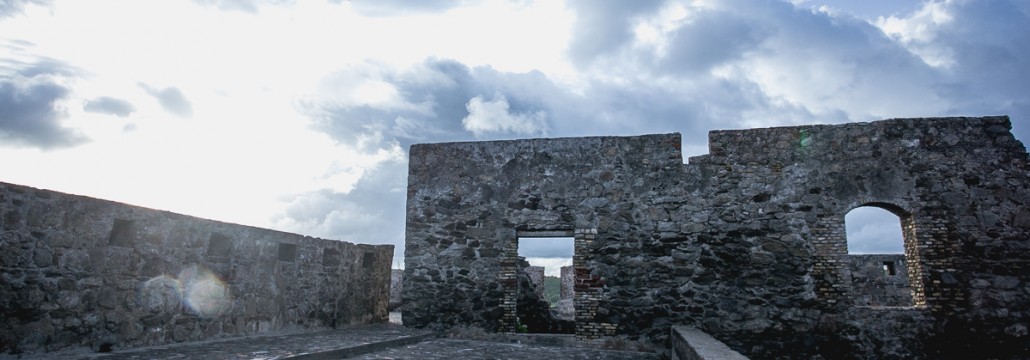



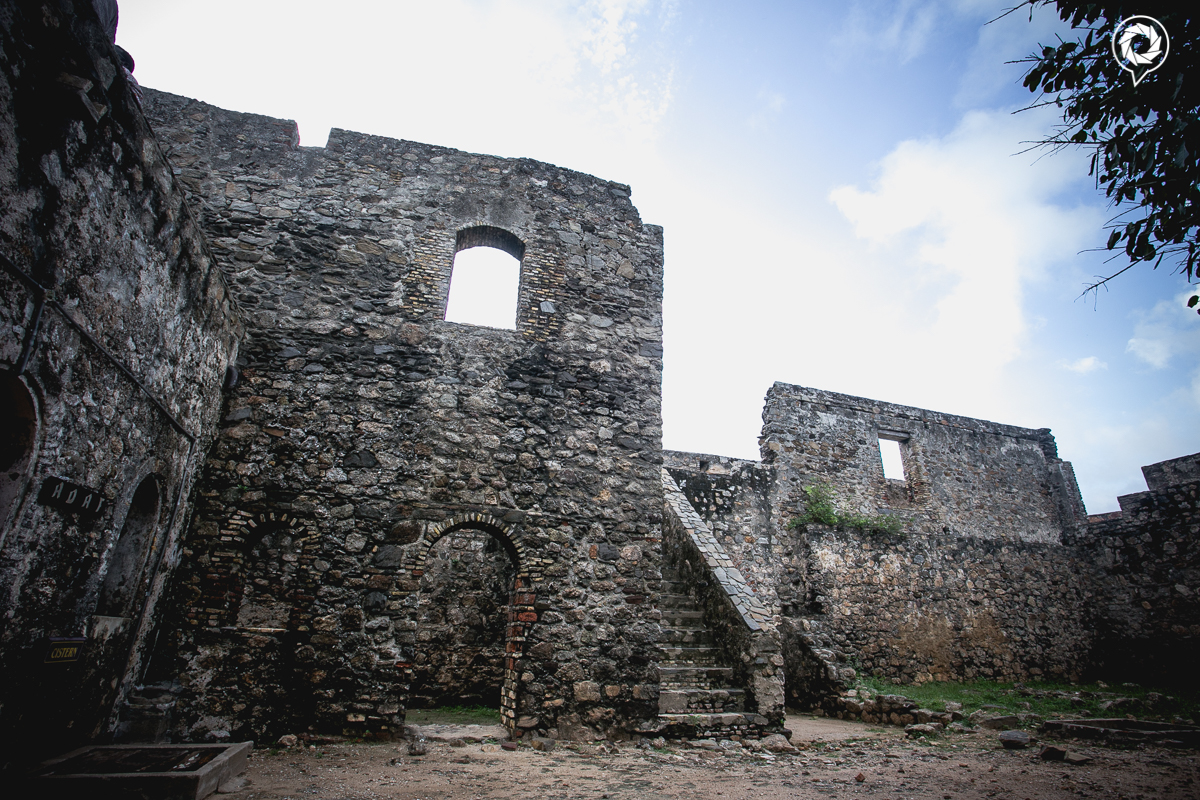
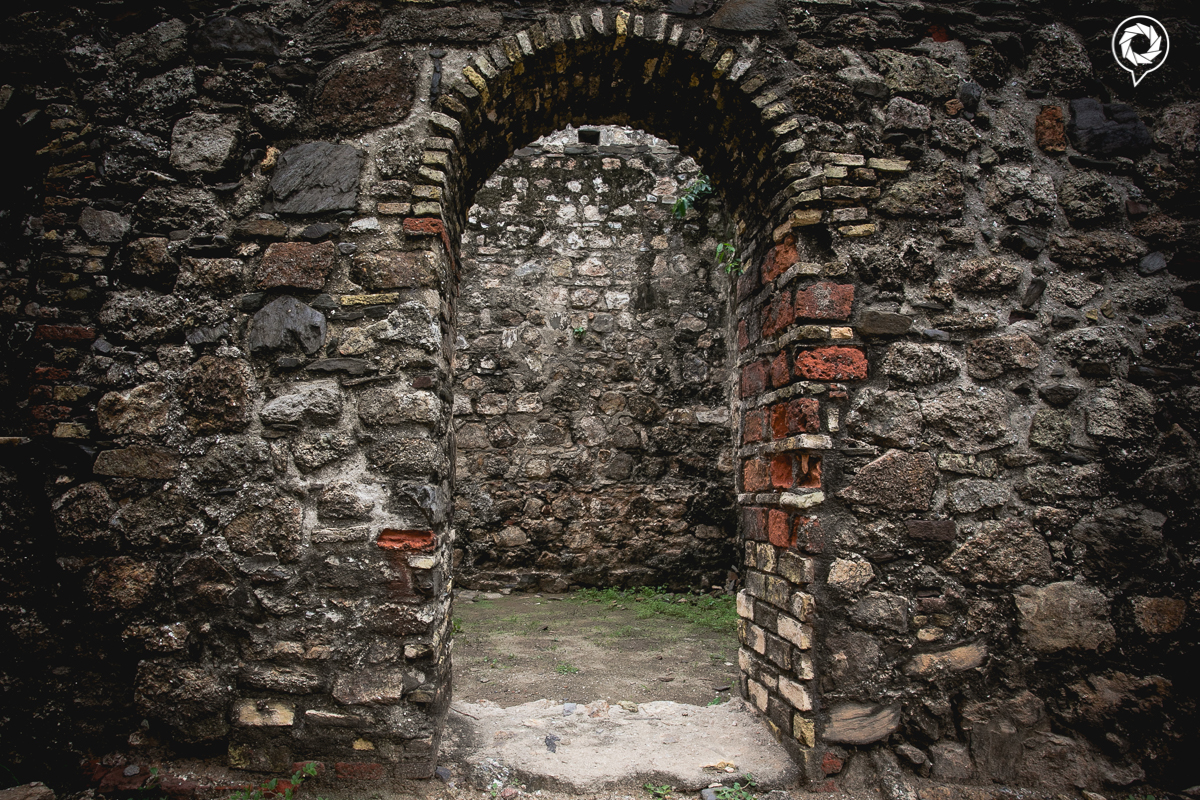
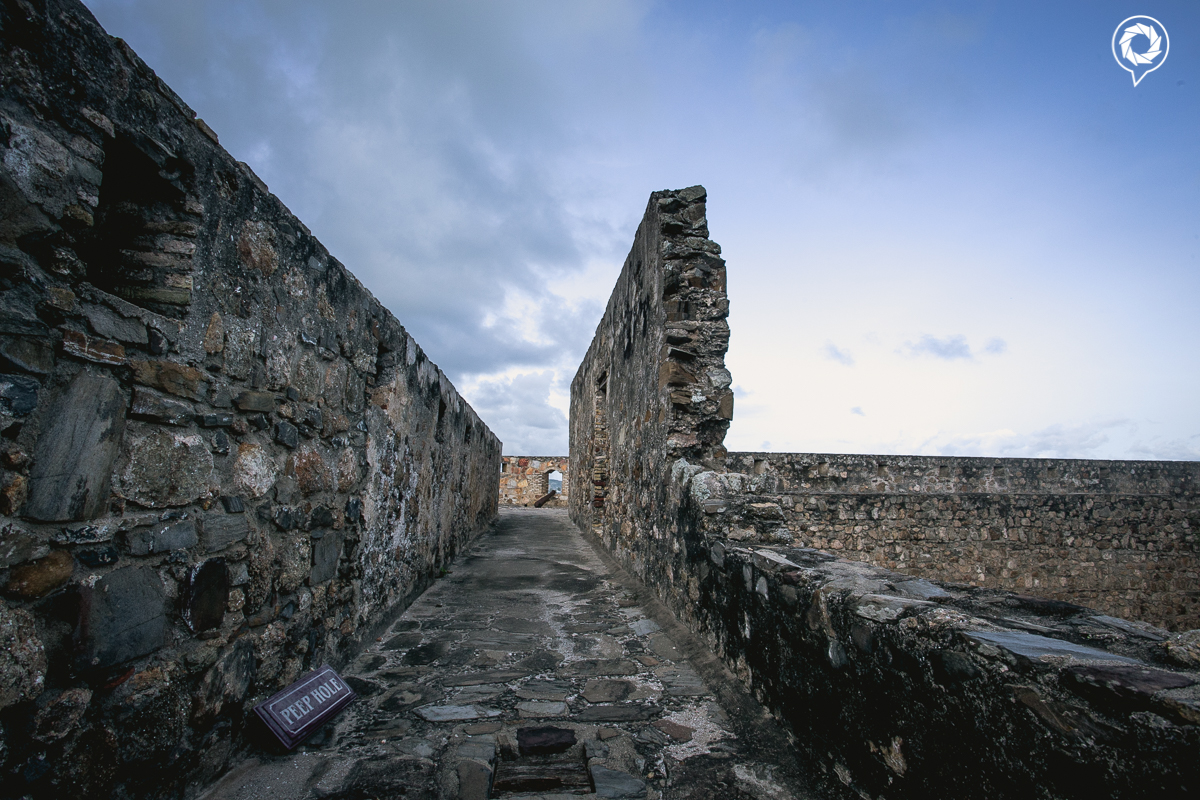
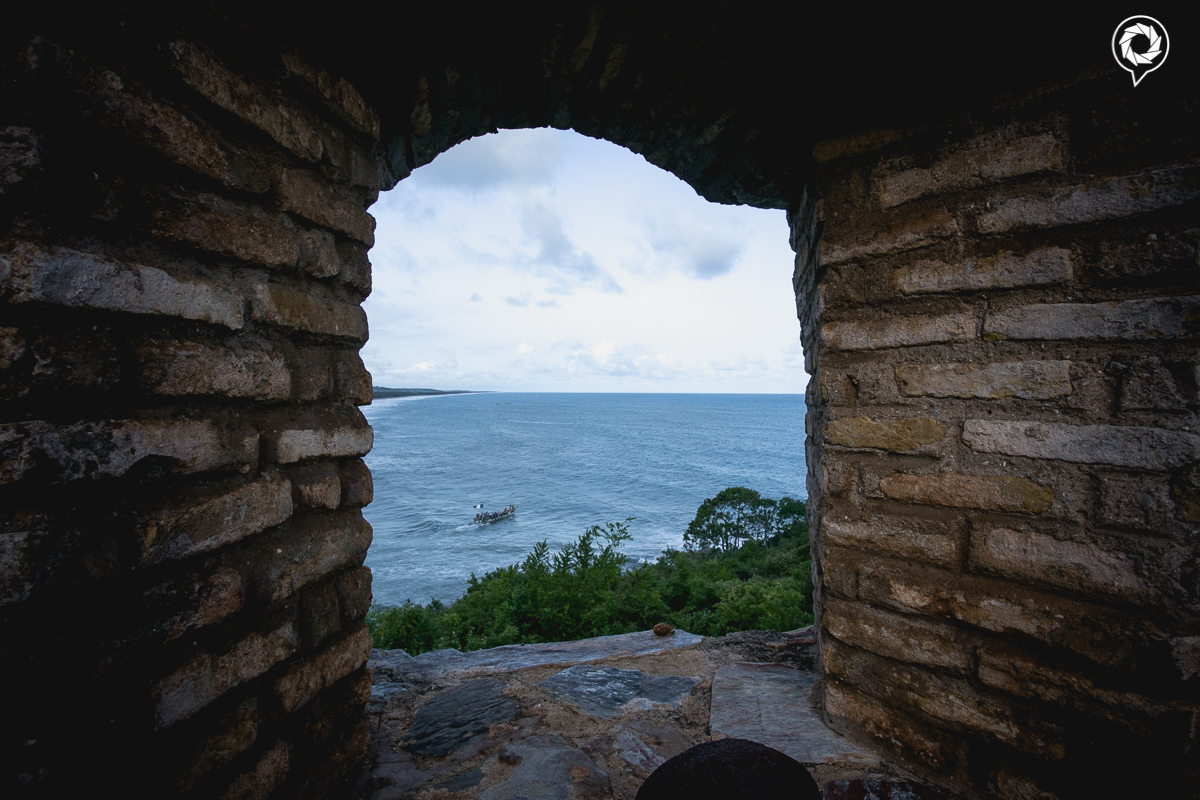
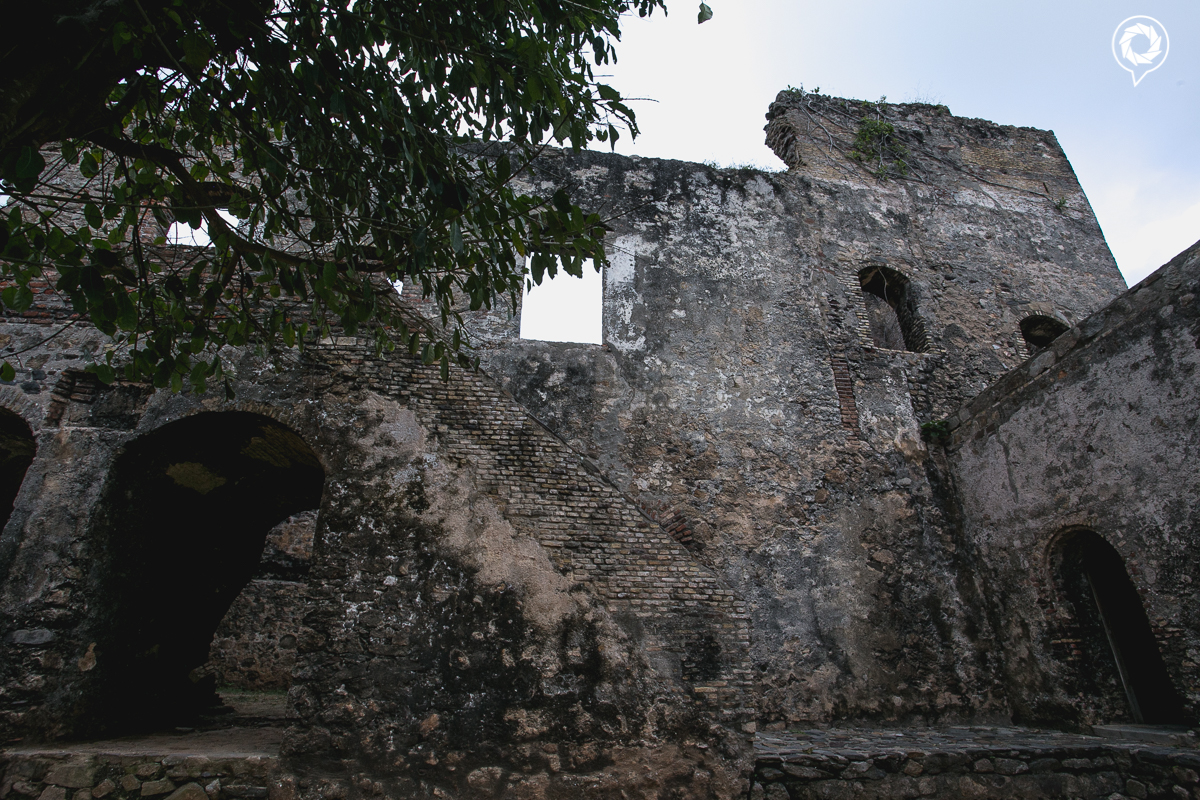
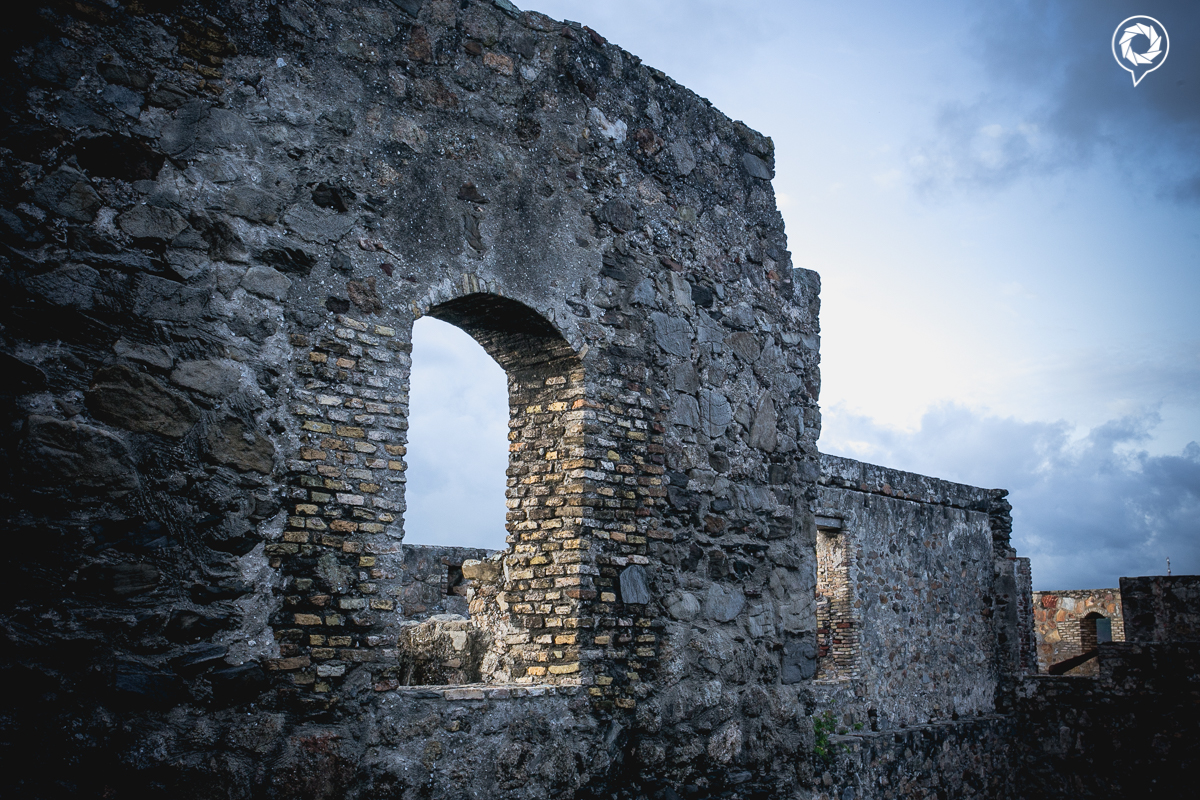




Amazing!